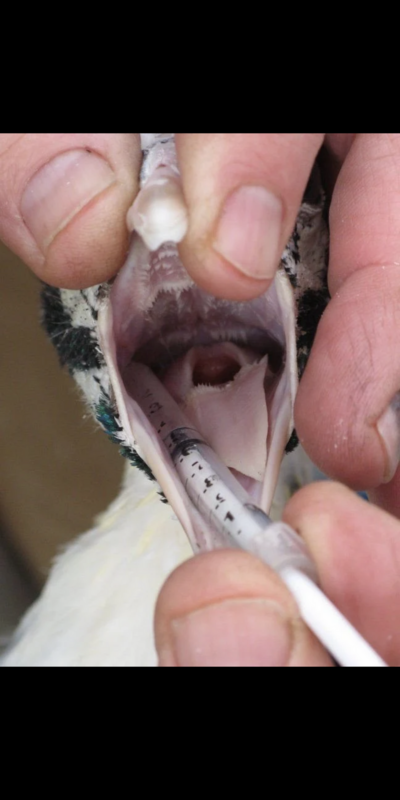Anime2lover
Keeper of tiny dinos
- Apr 17, 2019
- 4,939
- 18,173
- 617
I have a little 5 month old cross beak wry neck chick. She was eating just fine yesterday, then today, when I went out there she has a severe case of wry neck. Cannot stand or eat on her own. How often should I feed and water her, and how much. Also what can I give her to help her through this? She has had nutrical, and vitamin-b already.




